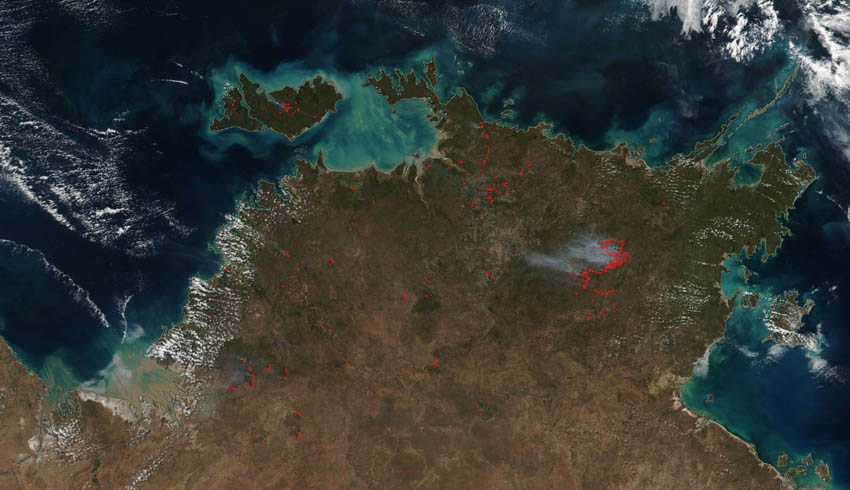GPS is awesome for saying just where you are but how about for providing better weather forecasts.
This works by measuring air moisture based on time taken for GPS (global positioning system) signals from satellites to reach ground receivers.
Moisture in the troposphere can slightly delay the signals – known as a zenith total delay – which can be measured to assess air moisture.
This technique is now being incorporated into the Bureau of Meteorology weather forecast models following successful tests across Australia. A study of the system has just been published in the Journal of Southern Hemisphere Earth Systems Science.
RMIT adjunct professor and Bureau of Meteorology senior principal research scientist, John Le Marshall, said this was an exciting new capability for real time weather measurements and forecasting.
"Atmospheric water vapour is highly variable yet vital to accurate analysis and weather forecasting," he said.
"The development of a GPS-based system to improve moisture analysis and forecasting over Australia is therefore an exciting step towards improved humidity and rainfall forecasting."
GPS is proving increasingly useful to meteorologists.
Where this system measures the delay in the arrival of GPS signals to determine water vapour levels, another project uses atmospheric bending of GPS signals through the atmosphere to determine temperature at various altitudes.
The study said this technology could be applied almost anywhere but it's particularly valuable in a sparsely populated country like Australia, with a lack of ground meteorological observation stations.
"Weather forecasting is dependent on accurate atmospheric observations, but the limited stations we can draw measurements from across our vast continent has always been an issue," Le Marshall said.
"With this technology we were able to tap into an Australia-wide network of 256 GPS receiving stations, and that number of stations is set to continue increasing over coming years."

